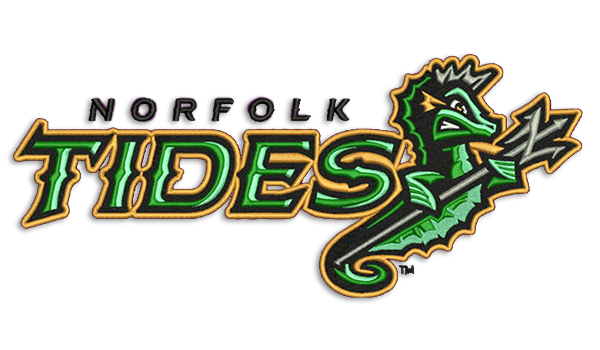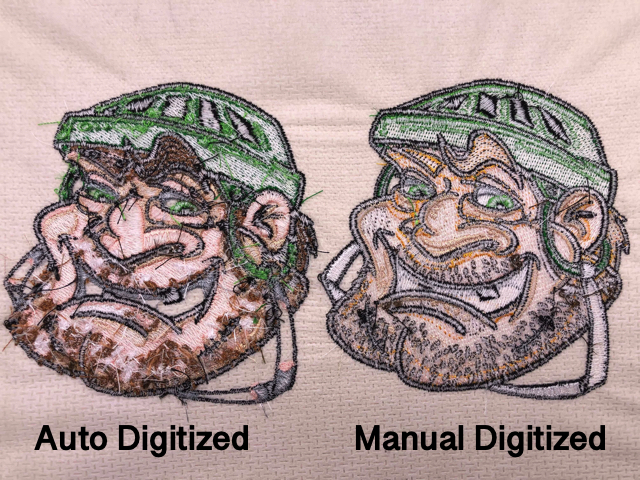Streamlining the Art of Embroidery Digitizing: Step-by-Step Overview
As modern technology proceeds to breakthrough, the digitization process has actually ended up being much more obtainable, enabling enthusiasts to bring their complex designs to life with convenience. In this guide, we will certainly unravel the intricacies of embroidery digitizing, damaging down each action systematically to streamline the procedure and empower both novices and seasoned embroiderers alike.
Comprehending Embroidery Digitizing Software Application
Embroidery digitizing software application acts as a crucial tool for changing elaborate styles right into digital styles suitable with embroidery makers, helping with specific stitching and modification. This specialized software application permits customers to import different picture documents formats, such as JPG or PNG, and convert them right into needlework machine-readable styles like DST, EXP, or PES - Digitizing for Embroidery. By using attributes like stitch modifying, rug alternatives, and thread color choice, digitizing software program enables users to manage every element of the layout procedure
Moreover, advanced needlework digitizing software program offers tools for producing complicated layouts, readjusting stitch density, and integrating detailed information. Users can also preview the design before sewing it out, ensuring accuracy and decreasing mistakes. Furthermore, numerous software application give automated features that help improve the digitizing procedure, conserving time and initiative.
Comprehending the capabilities of needlework digitizing software application is vital for achieving top notch lead to embroidery tasks. By understanding this tool, embroidery lovers and specialists can release their creative thinking and bring detailed designs to life with precision and performance.

Selecting the Right Design Documents
After acquainting on your own with the capacities of needlework digitizing software application, the next important action in the process is selecting the appropriate layout apply for your job. Digitizing for Embroidery. When selecting a style apply for needlework digitizing, it's vital to take into consideration the intricacy of the style, the size of the end product, and the sort of material you will be collaborating with
For detailed layouts with great details, a high-resolution image or vector documents is advised to make certain that the needlework maker can properly replicate the style. Furthermore, the size of the end product plays a substantial duty in picking the appropriate layout documents. Bigger layouts might call for greater resolution documents to preserve clearness and sharpness.
Furthermore, the sort of fabric you will be stitching on influences the option of layout data. Various fabrics might need changes in the design documents to ensure that the stitches are effectively lined up and the design looks like intended. By meticulously selecting the appropriate style file based upon these elements, you can set yourself up for an effective embroidery digitizing procedure.
Digitizing Devices and Techniques
Making use of specialized software application and accuracy methods, digitizing devices are necessary in transforming complex designs into embroidery-ready documents. Embroidery digitizing software program, such as Wilcom, Hatch, or Embrilliance, provides the needed system to convert artwork right into stitch data. These programs use functions like stitch editing, underlay options, and lettering tools to make certain the layout equates seamlessly onto fabric.
Among the key techniques in digitizing you could look here is developing a clear path for the needlework machine to adhere to. This entails digitizing each aspect of the design with precision, figuring out stitch types, thickness, and directions. By utilizing devices like digitizing tablets or software-specific plugins, embroiderers can attain a high degree of accuracy in their digitized layouts.
In addition, grasping the art of underlay sewing is important for creating quality embroidery. Underlay sewing supports the textile and develops a foundation for the design, ensuring that the end product is both visually appealing and durable. By recognizing these digitizing devices and methods, embroiderers can elevate their craft and bring intricate layouts to life with precision and efficiency.
Tailoring Stitch Kinds and Directions
The option of stitch kinds can considerably influence the general look and texture of the stitched design. By tactically integrating these stitch types, embroiderers can attain depth and dimension in their styles.
Additionally, the direction of stitches plays an essential function in improving the aesthetic allure of the final needlework. By experimenting with various stitch angles and patterns, embroiderers can bring their styles to life with important site exceptional information and intricacy.
Testing and Refining Your Digitized Style
To make sure the precision and high quality of your digitized design, thorough screening and refinement are important steps in the embroidery digitizing process. As soon as you have finished the digitization of your style, it is crucial to test it prior to waging the real needlework. Examining enables you to determine any type of potential issues such as string breaks, sew thickness troubles, or style distortions that may affect the outcome.

After testing, it is essential to fine-tune your digitized design based on the responses from the examination sew-out. This might involve tweaking stitch setups, changing thickness, or making adjustments to the total design to achieve the preferred result. By iterating with screening and improvement, you can fine-tune your digitized layout to excellence prior to relocating onward with the real embroidery process.
Final Thought
To conclude, mastering the art of needlework digitizing calls for an extensive understanding of the software application, selecting the ideal style documents, making use of digitizing tools and techniques, tailoring stitch types and instructions, and screening and refining the digitized layout. By complying with these steps, embroiderers can streamline the digitizing process and create high-quality stitched styles with precision and performance.